WorkingTipsOnOpenWRTCrossGFW
Aug 17, 2021
Technology
硬件配置
2核2G, 虚拟机,
其磁盘文件为openwrt-21.02.0-rc3-x86-64-generic-ext4-combined.img.
网络配置
隔离网络:

NAT网络:

启动完毕后,安装以下opkg包:
# opkg install redsocks
OpenWRT中配置:
Wan:

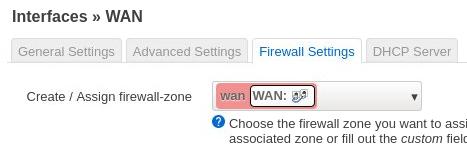
LAN:
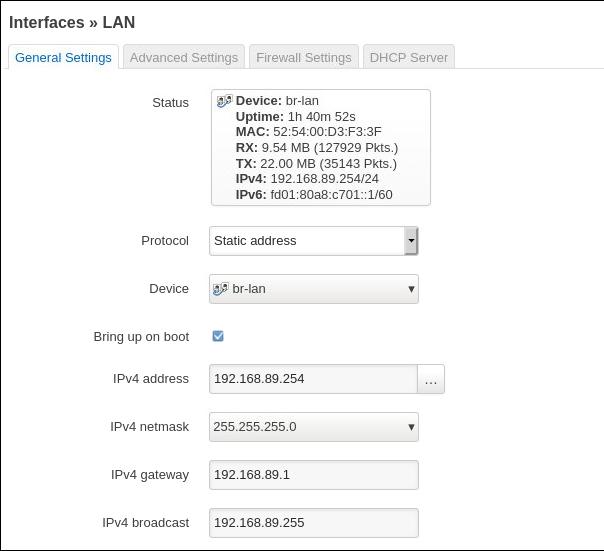

Enable dhcp server:
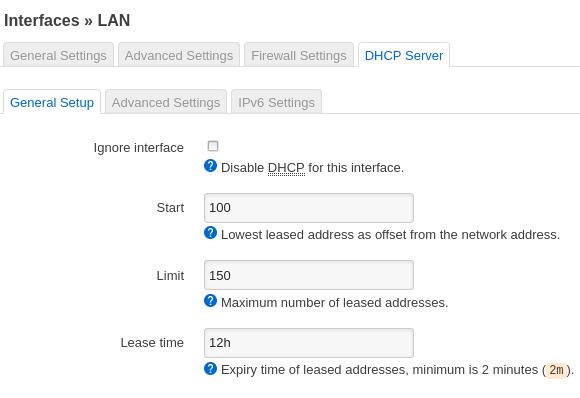
Devices:

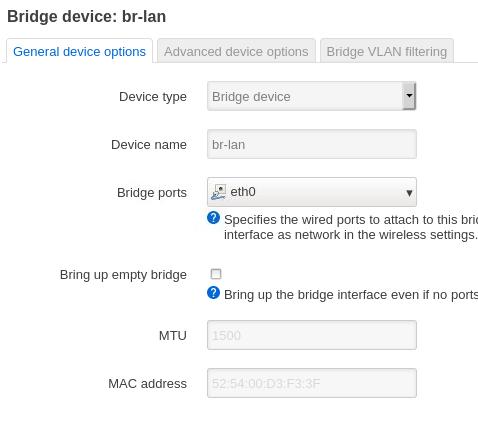
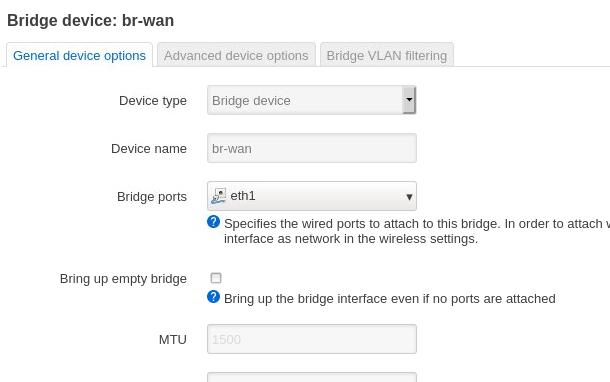
DNS:
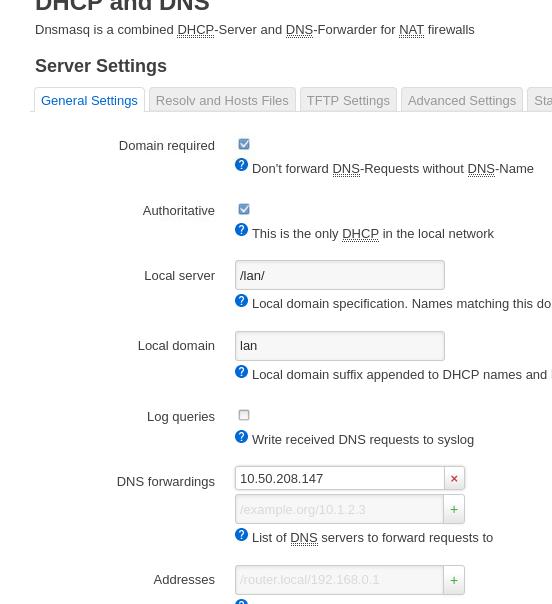
redsocks items
/etc/redsocks.conf:
base {
// debug: connection progress & client list on SIGUSR1
log_debug = off;
// info: start and end of client session
log_info = on;
/* possible `log' values are:
* stderr
* "file:/path/to/file"
* syslog:FACILITY facility is any of "daemon", "local0"..."local7"
*/
// log = stderr;
// log = "file:/path/to/file";
log = "syslog:local7";
// detach from console
daemon = on;
/* Change uid, gid and root directory, these options require root
* privilegies on startup.
* Note, your chroot may requre /etc/localtime if you write log to syslog.
* Log is opened before chroot & uid changing.
*/
// user = nobody;
// group = nobody;
// chroot = "/var/chroot";
/* possible `redirector' values are:
* iptables - for Linux
* ipf - for FreeBSD
* pf - for OpenBSD
* generic - some generic redirector that MAY work
*/
redirector = iptables;
}
redsocks {
/* `local_ip' defaults to 127.0.0.1 for security reasons,
* use 0.0.0.0 if you want to listen on every interface.
* `local_*' are used as port to redirect to.
*/
local_ip = 192.168.89.254;
local_port = 12345;
// listen() queue length. Default value is SOMAXCONN and it should be
// good enough for most of us.
// listenq = 128; // SOMAXCONN equals 128 on my Linux box.
// `max_accept_backoff` is a delay to retry `accept()` after accept
// failure (e.g. due to lack of file descriptors). It's measured in
// milliseconds and maximal value is 65535. `min_accept_backoff` is
// used as initial backoff value and as a damper for `accept() after
// close()` logic.
// min_accept_backoff = 100;
// max_accept_backoff = 60000;
// `ip' and `port' are IP and tcp-port of proxy-server
// You can also use hostname instead of IP, only one (random)
// address of multihomed host will be used.
ip = 10.50.208.147;
port = 8118;
// known types: socks4, socks5, http-connect, http-relay
type = socks5;
// login = "foobar";
// password = "baz";
}
redudp {
// `local_ip' should not be 0.0.0.0 as it's also used for outgoing
// packets that are sent as replies - and it should be fixed
// if we want NAT to work properly.
local_ip = 127.0.0.1;
local_port = 10053;
// `ip' and `port' of socks5 proxy server.
ip = 10.0.0.1;
port = 1080;
login = username;
password = pazzw0rd;
// redsocks knows about two options while redirecting UDP packets at
// linux: TPROXY and REDIRECT. TPROXY requires more complex routing
// configuration and fresh kernel (>= 2.6.37 according to squid
// developers[1]) but has hack-free way to get original destination
// address, REDIRECT is easier to configure, but requires `dest_ip` and
// `dest_port` to be set, limiting packet redirection to single
// destination.
// [1] http://wiki.squid-cache.org/Features/Tproxy4
dest_ip = 8.8.8.8;
dest_port = 53;
udp_timeout = 30;
udp_timeout_stream = 180;
}
dnstc {
// fake and really dumb DNS server that returns "truncated answer" to
// every query via UDP, RFC-compliant resolver should repeat same query
// via TCP in this case.
local_ip = 127.0.0.1;
local_port = 5300;
}
// you can add more `redsocks' and `redudp' sections if you need.
/etc/init.d/redsocks content:
##### /etc/init.d/redsocks######
#!/bin/sh /etc/rc.common
# Copyright (C) 2007 OpenWrt.org
START=90
# check if configuration exists
[ -e "/etc/redsocks.conf" ] || exit 0
start() {
if [ -e "/var/run/redsocks.pid" ]; then
echo "redsocks is already running"
exit 0
fi
/bin/echo -n "running redsocks ..."
# startup the safety-wrapper for the daemon
/usr/sbin/redsocks -p /var/run/redsocks.pid
/bin/echo " done"
}
stop() {
if [ ! -e "/var/run/redsocks.pid" ]; then
echo "redsocks is not running"
exit 0
fi
/bin/echo -n "stopping redsocks ..."
# kill the process
/bin/kill $(cat /var/run/redsocks.pid)
rm /var/run/redsocks.pid
echo " done"
}
Iptables rules:
iptables -t nat -N REDSOCKS
# Ignore LANs IP address
iptables -t nat -A REDSOCKS -d 0.0.0.0/8 -j RETURN
iptables -t nat -A REDSOCKS -d 10.0.0.0/8 -j RETURN
iptables -t nat -A REDSOCKS -d 127.0.0.0/8 -j RETURN
iptables -t nat -A REDSOCKS -d 169.254.0.0/16 -j RETURN
iptables -t nat -A REDSOCKS -d 172.16.0.0/12 -j RETURN
iptables -t nat -A REDSOCKS -d 192.168.0.0/16 -j RETURN
iptables -t nat -A REDSOCKS -d 224.0.0.0/4 -j RETURN
iptables -t nat -A REDSOCKS -d 240.0.0.0/4 -j RETURN
# Anything else should be redirected to redsocks's local port
iptables -t nat -A REDSOCKS -p tcp -j REDIRECT --to-ports 12345
iptables -t nat -I zone_lan_prerouting -j REDSOCKS
Then with a reverse proxy you could cross gfw.
Reverse connect:
Internet machine(with 53 as its dns server):
ssh -o GatewayPorts=true -f -N -T -R *:18888:localhost:18888 docker@10.xxxxx
ssh -o GatewayPorts=true -f -N -T -R *:8118:10.10.3.19:1080 docker@10.xxxxxx
sudo socat tcp-listen:18888,reuseaddr,fork udp:127.0.0.1:53
Intranet machine:
socat -T15 udp4-recvfrom:53,bind=10.xxx.xxx.xx,fork tcp:localhost:18888
